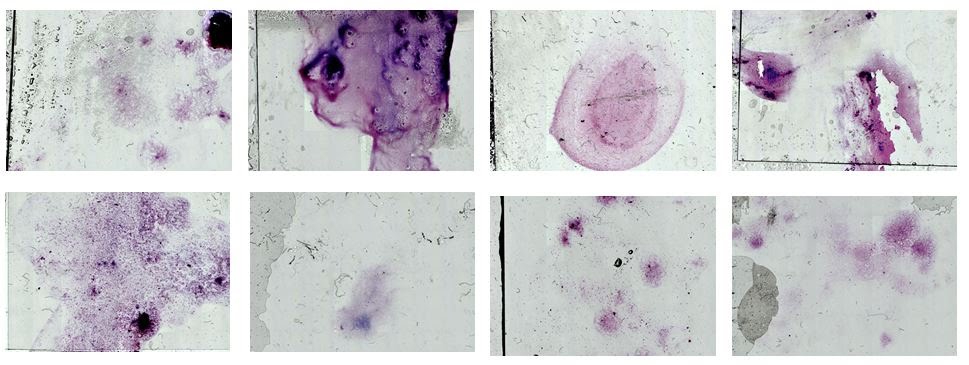Gram stained direct smears test is clinically useful in early identification of infections. However, this practice is time consuming and labour intensive. Most existing effort in this area is to perform high-magnification analysis of images taken from manually selected areas. We address the problem of the automatic selection of areas based on low-magnification images, where bacteria are likely to be found when viewed in high-magnification. In order to stimulate the interest in the community on this problem, we propose a novel benchmark evaluation dataset. The dataset comprises 1,600 images which were extracted from various body parts of patients with different medical conditions.
